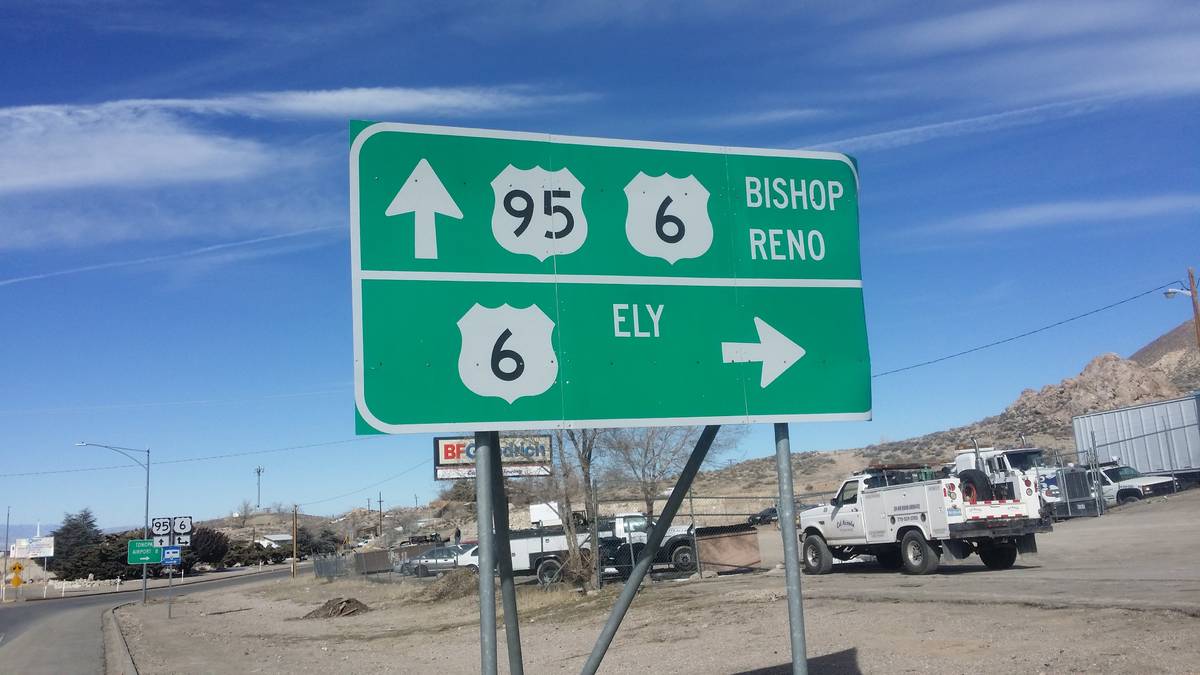Nevada among states with fewest miles of poor roads
Data from the Federal Highway Administration show that Nevada has the sixth-fewest roads in poor condition and is well below the national average.
By forcing many Americans to stay home, COVID-19 has created an opportunity for states to accelerate much-needed road repairs with minimal interruption to daily commutes. Many of the nation’s bridges, highways and mass transit systems are long overdue for repair, as the FHA found 26% of major urban roads in the United States are in poor condition.
Nevada benefits from having a higher percentage of rural roads than most states, as nationally 65.92% of rural roads are considered to be in good condition compared to just 36.07% of urban roads. Research from AAA found that potholes cost drivers $3 billion per year in vehicle repair costs, and the most recent Urban Mobility Report by the Texas A&M Transportation Institute found the average commuter spends 54 hours each year in traffic congestion at a cost of $1,080 in time and fuel.
Differences in funding, climate, commuting patterns and other factors lead to significant variation when it comes to road quality. Almost half of all major urban roads in Rhode Island (47.9%), California (46.2%) and New Jersey (42.4%) are in poor condition, while less than 10 percent of major urban roads in Georgia (6.1%), Tennessee (8.6%), Florida (8.7%), Idaho (8.7%) and Indiana (9.3%) are considered poor.
While the national average of major roads in poor condition is 26.4%, in Nevada that figure is 13.8%.
That breaks down to 3.6% of interstates and freeways, 9.6% of arterials, 17.9% of minor arterials, 24.4% of daily vehicle miles per capita and 4.0 miles of road per 1,000 people are in poor condition.
For a table with data on more than 250 urban areas and all 50 states, visit www.copilotsearch.com/posts/cities-with-the-worst-roads/

















